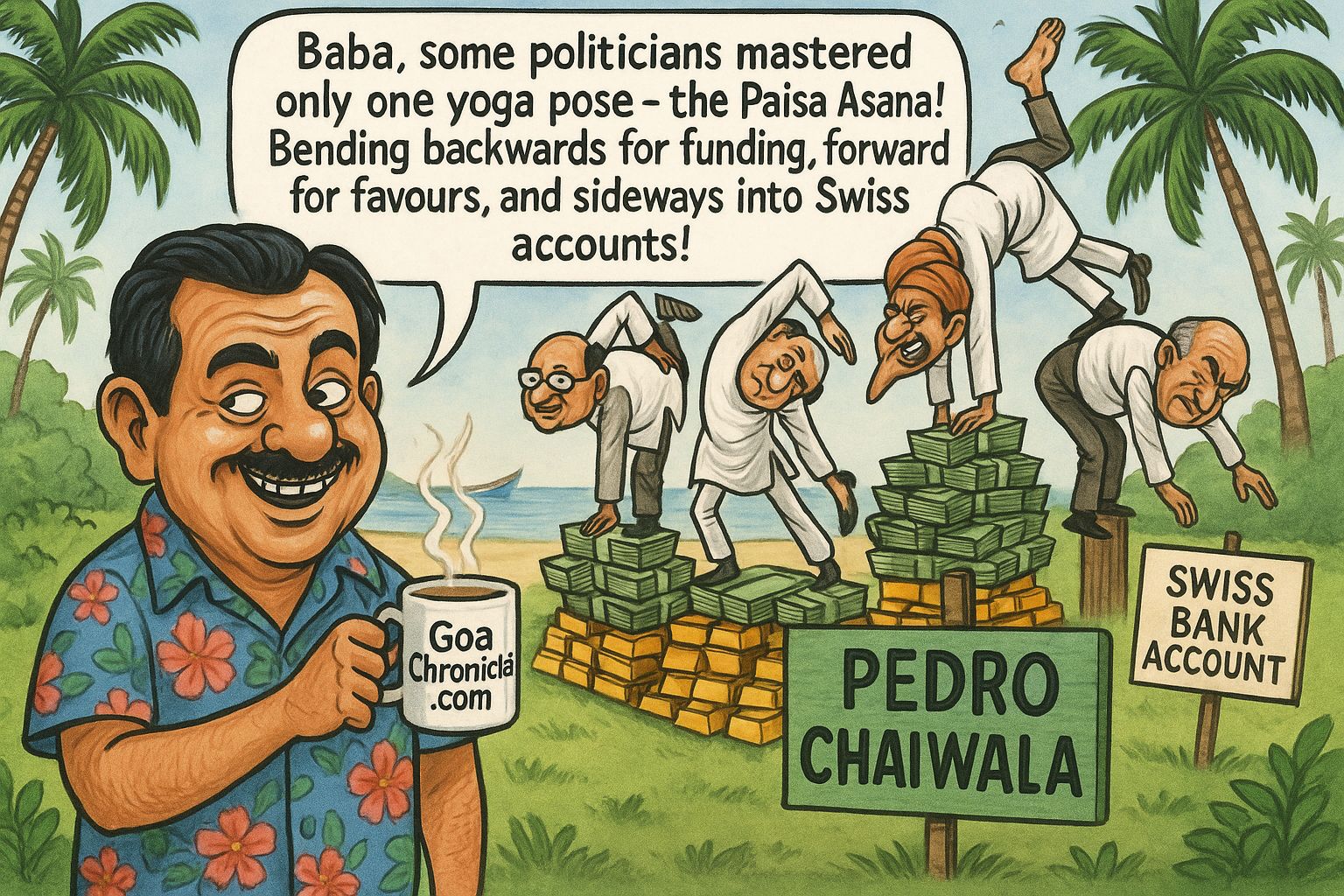Washington: The United States imposed visa restrictions on Chinese officials responsible for allowing foreigners into Tibet, US Secretary of State Marco Rubio said.
Rubio said the additional visa restrictions are being introduced because the Chinese Communist Party “has refused to afford U.S. diplomats, journalists, and other international observers access to the Tibet Autonomous Region (TAR) and other Tibetan areas of China,” although Chinese diplomats and journalists have, according to him, broad access to the United States.
“This lack of reciprocity is unacceptable,” Rubio said in a statement.
He called on China’s leadership to eliminate the difference in approaches and allow diplomats’ access to the specified areas of China.
The secretary of state did not indicate against whom exactly the restrictions were imposed. Traditionally, the Department of State does not make this public, insisting on the internal nature of information about visas.
Tibet came under the control of China’s Qing dynasty in the early 18th century after having been ruled by the Mongolian Dzungar Khanate for roughly 500 years. After the 1911 Revolution in China, it became an independent state ruled by the Dalai Lama. In 1951, the Local Government of Tibet and the People’s Republic of China signed the Seventeen-Point Agreement, also known as the Agreement on Measures for the Peaceful Liberation of Tibet, which turned it into a semi-autonomous region within China. In 1959, an uprising broke out in the region, which was suppressed. The Local Government of Tibet was dissolved, and the 14th Dalai Lama fled to India, where he became the leader of a self-proclaimed Tibetan government in exile. China considers 1959 to be the year of Tibet’s liberation from feudal serfdom. In 1965, the region was reshaped as the Tibet Autonomous Region of China.
































